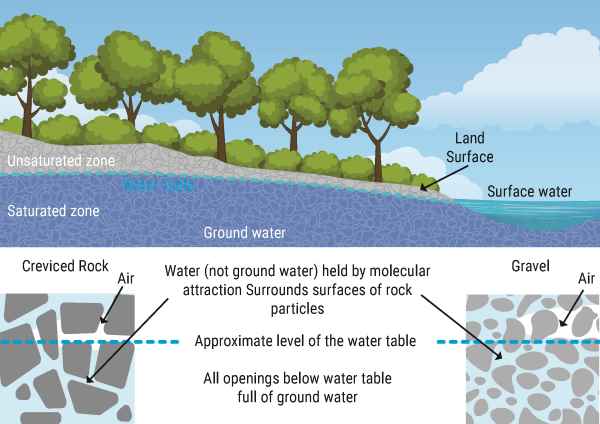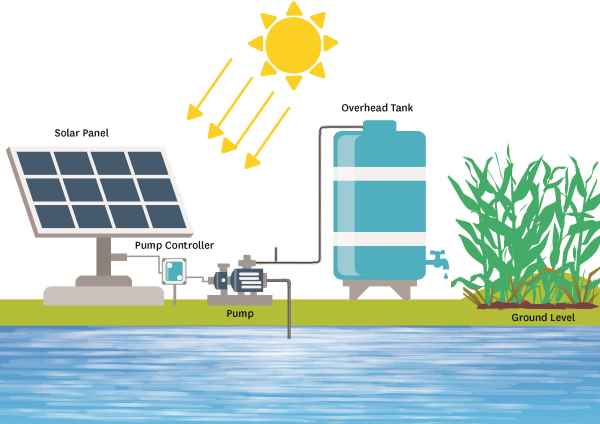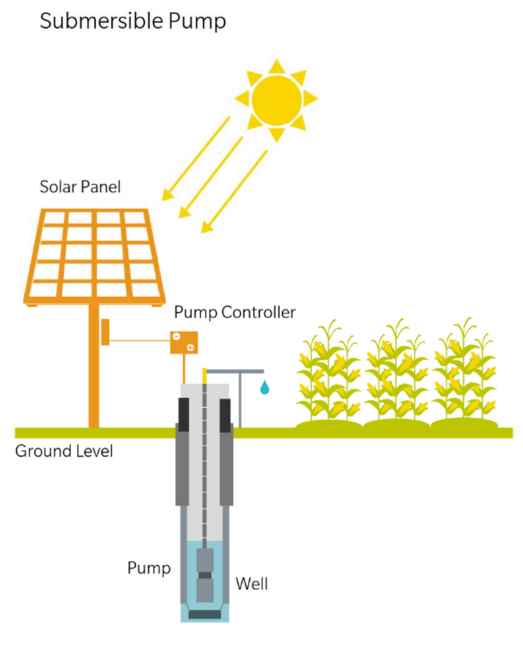Potential for Solar Photovoltaic Based Irrigation
Welcome to our interactive online tool to assess land suitability for photovoltaic based irrigation using solar energy. The tool supports you in identifying suitable areas for solar based irrigation depending on water sources and pump characteristics. To use the tool, click on the left panel and select your water source, pump capacity and country of interest. For a detailed description on the methodology and spatial information used please go to the methodology tab. As data remains scarce for some countries in Africa we appreciate if you would like to support us by sharing relevant spatial information so we can refine our maps. Please use the lower left box to share any relevant information. As we continuously strive to update and refine the tool for you we would appreciate any feedback. Please use our message button at the top right corner to send us a message or any comments and queries you may have or take a brief survey on the use of the tool.
We hope you enjoy your platform,
The International Water Management Institute, Futurepump and GIZ





